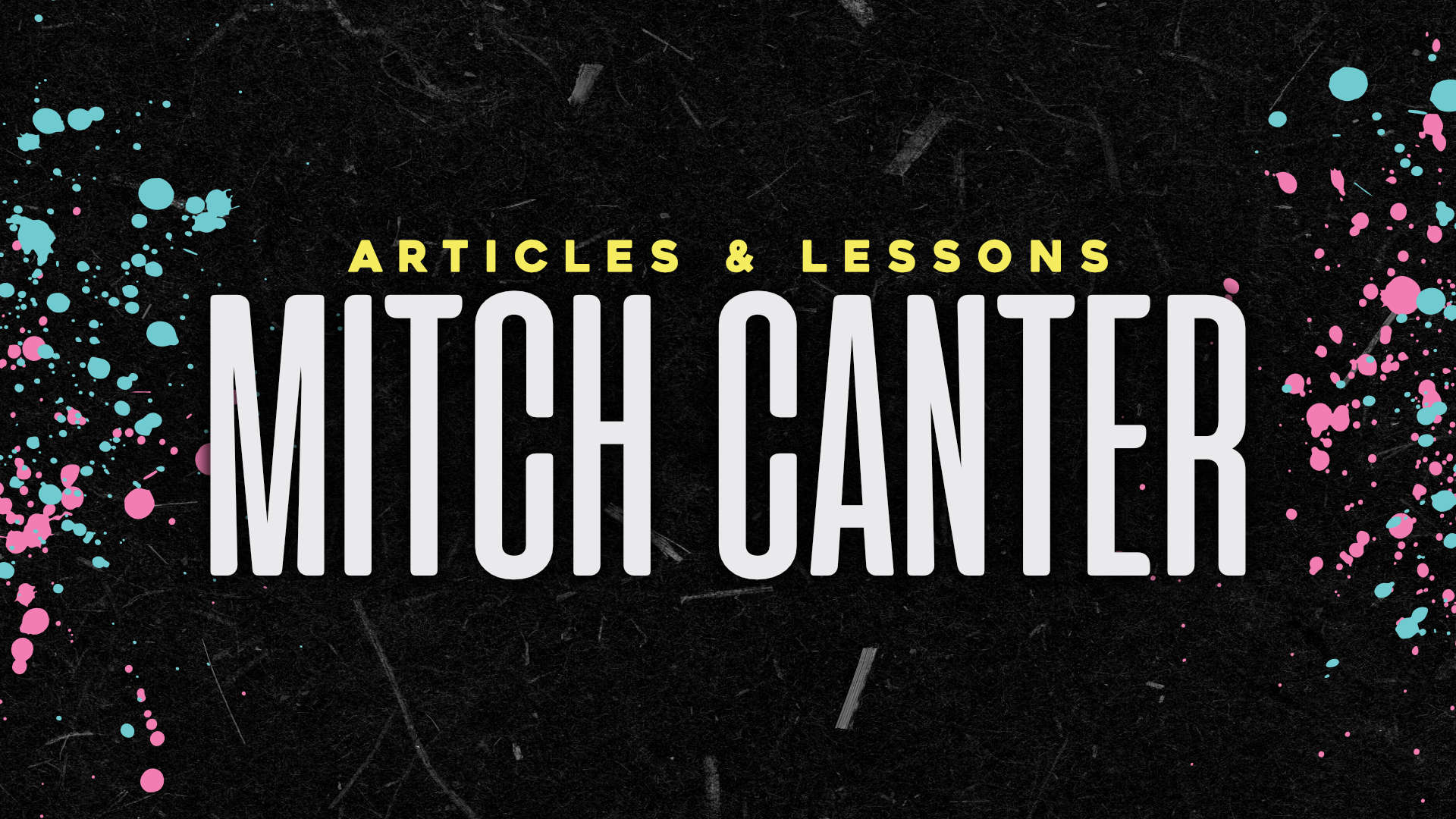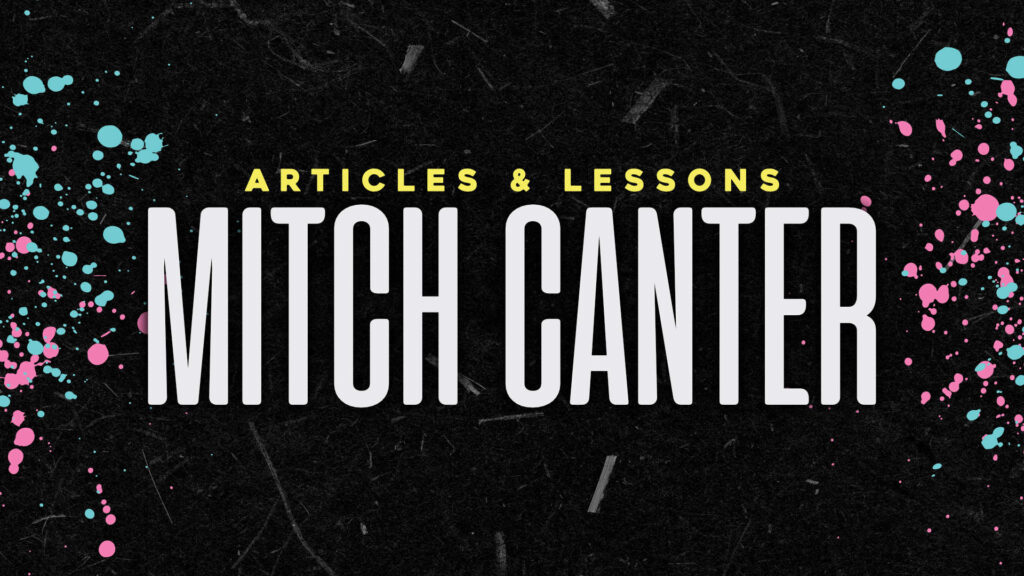![blog[1] blog[1]](https://mitchcanter.me/wp-content/uploads/2011/02/blog1_thumb.jpg) One of the most versitile tags in my arsenal that WordPress gives me is a fun little tag called <?php bloginfo(); ?>. By itself, it’s not much fun, but when you add in a variable, it can tell you anything you need to know about your blog. Like what, you ask?
One of the most versitile tags in my arsenal that WordPress gives me is a fun little tag called <?php bloginfo(); ?>. By itself, it’s not much fun, but when you add in a variable, it can tell you anything you need to know about your blog. Like what, you ask?
- name
- description
- admin_email
- url
- wpurl
- stylesheet_directory
- stylesheet_url
- template_directory
- template_url
- atom_url
- rss_url
- pingback_url
- rdf_url
- comments_atom_url
- comments_rss2_url
- charset
- html_type
- language
- text_direction
- version
Look at all of the information packed into one template tag. So, what are it’s practical uses?
Pull an Image From Your Template Folder
<img src=”<?php bloginfo(‘template_directory’); ?>/images/image.png”>
This lets you add images into your themes, and (no matter what the url is) the image will be pulled from the theme folder directly. Even works if the user changes the name or folder text.
Add an RSS Feed Subscription Link Anywhere!
<a href=”<?php bloginfo(‘rss_url’); ?>”>subscribe to the feed</a>
Add a Link to the Home Page Anywhere!
<a href=”<?php bloginfo(‘url’); ?>”>Home</a>
These are just a few of the uses I’ve personally used in themes with this tag. Do you use it for something different?


